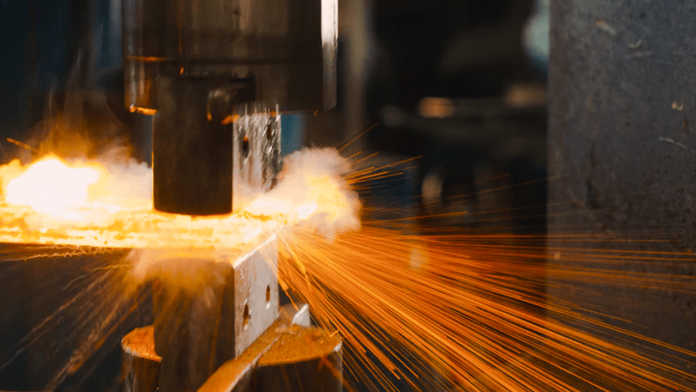The exceptional strength, lightweight characteristics, and sustainability of forged aluminum redefine the construction industry. Aluminum is perfect for structural elements like beams and trusses because it becomes even more durable when forged. Because of its malleability, it can be used in various ways for roofing, cladding, and facades.
Its resistance to corrosion and capacity for recycling help it meet sustainability goals. Because of its lightweight, the material leaves fewer carbon footprints and costs less to transport. Providing modern architectural endeavors with resilience, adaptability, and aesthetic appeal, forged aluminum is an affordable and environmentally friendly solution that is reshaping the construction industry. You can view details of forged aluminum on this website.
What is Aluminum That Has Been Forged?
Aluminum that has undergone the forging process, which entails shaping and compressing the metal using concentrated compressive forces, is called forged aluminum. Aluminum’s strength and durability are increased through this process, making it appropriate for use in construction. Forged aluminum resists corrosion better than concrete and steel and has a higher strength-to-weight ratio.
Elements of Interior Design Be Made of Forged Aluminum
Aluminum is heated and formed to desired shapes using mechanical pressure in a process known as forging. As a result, a material that is robust, long-lasting, and capable of intricate designs is produced. Aluminum is a flexible material that has several advantageous qualities for interior design, including:
Aesthetics and Versatility:
The unique visual appeal of forged aluminum lends interior spaces a hint of modern elegance. Its modern, industrial, minimalist, and eclectic design styles are all complemented by its sleek, metallic finish. Forged aluminum’s versatility increasingly attracts designers who use it for various interior elements.
Furniture Design:
Forged aluminum is widely used in interior design, with furniture being one of its primary uses. Because of the material’s malleability, designers can craft unique, complex pieces that function as functional works of art. A sleek chair frame, an avant-garde console, or a sculptured coffee table made of forged aluminum can give the required strength without sacrificing design.
Lighting Fixtures:
Forged aluminum is an excellent material when creating distinctive and striking lighting fixtures. Because of its strength and lightweight nature can be used to create intricate designs that will last. Forged aluminum wall sconces, pendant lights, and chandeliers can become focal points in a room, adding a chic and contemporary glow.
Architectural Elements:
Forged aluminum is becoming more popular among interior designers for architectural elements. Because of the material’s versatility, seamless and beautiful structures can be made for anything from stair railings and balustrades to decorative panels and room dividers. These components add to a space’s overall design coherence and fulfill practical needs.
Personalization and Customization:
Due to the malleability of forged aluminum, designers can investigate personalization and customization to a greater degree. Furniture and other decor elements can be customized with intricate patterns, textures, and even branding to give customers a one-of-a-kind experience. The material can be shaped and molded to meet precise design specifications, offering countless opportunities to create unique interior environments.
Durability and longevity:
Forged aluminum is valued for its strength, resilience, and visual appeal. Because aluminum doesn’t rust or corrode like some other materials, it can be used indoors and outdoors. Because of their durability, forged aluminum interior design elements maintain their aesthetic appeal and structural integrity over time, making them a wise investment for businesses and homeowners.
Sustainable Design:
Forged aluminum is an environmentally friendly choice as sustainability becomes a top priority in the design sector. Aluminum requires much less energy to produce than many other materials, and it is highly recyclable. Using forged aluminum in interior design projects aligns with the growing trend of designing eco-friendly and sustainable spaces.
Final Words
The rise of forged aluminum in interior design is attributed to its sustainability, adaptability in both form and function, and aesthetic versatility. Designers are utilizing the unique properties of forged aluminum to create distinctive and classic interiors, ranging from furniture to lighting fixtures and architectural elements. Forged aluminum is well-positioned to sustain its position as the material of choice if creative and environmentally friendly design solutions are in high demand.




